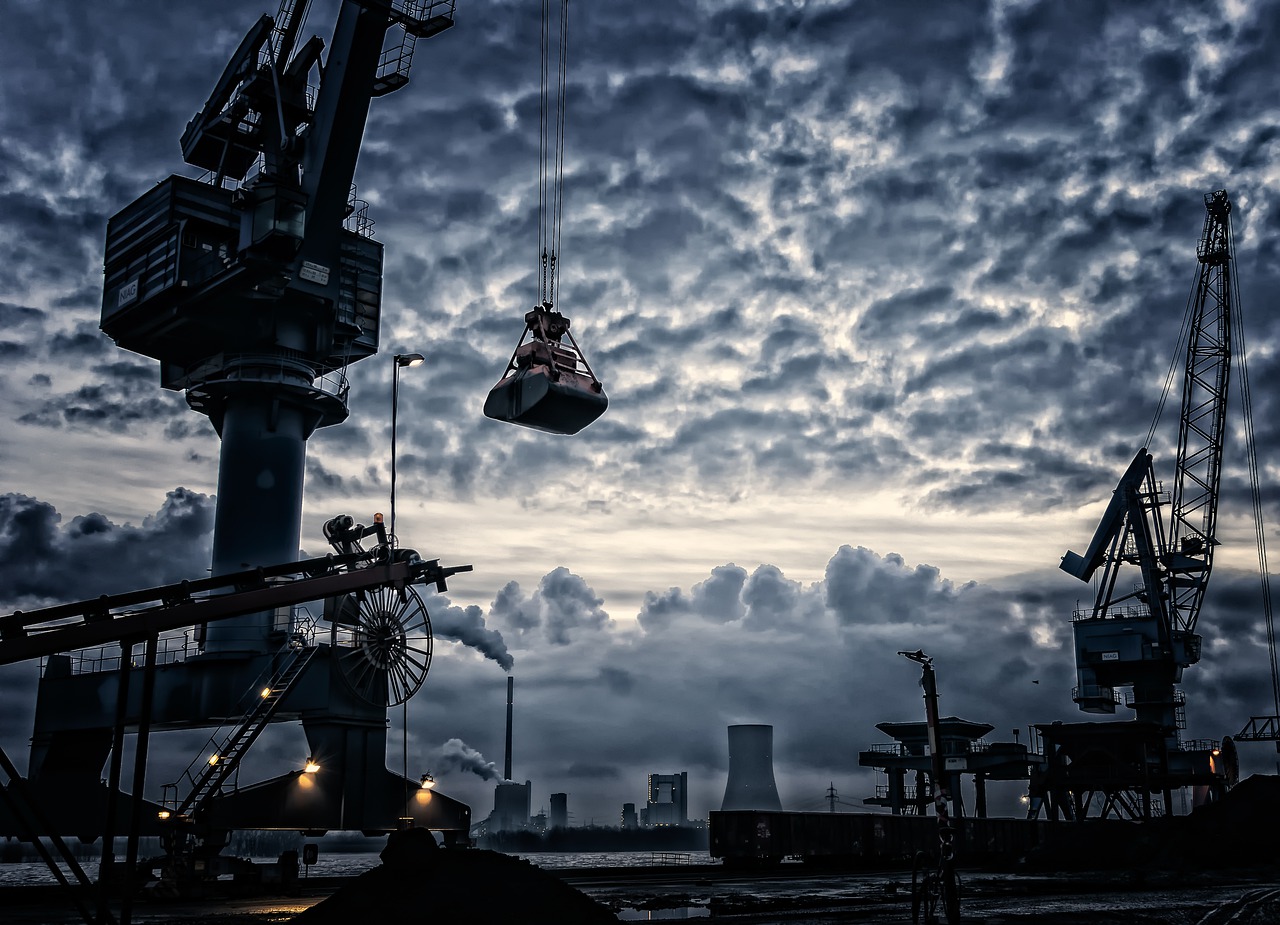Over the next 20 years, an expected two dozen offshore wind farms will be developed in U.S. coastal waters. Accelerated interest in the wind market, however, dictates a necessary upgrade to the ports that allow the market to exist.
While several ports are already planning for this transition, many others lack funding and resources, or face other obstacles due to geography or nearby populations. As the wind market grows to a forecasted $1 trillion industry by 2040, it’s crucial that ports receive the necessary support to allow the wind market to advance and provide a clean and sustainable source of energy that could lead to a zero-carbon future.
Port Infrastructure
Since current U.S. ports were not designed to support offshore wind, the expanding industry will largely hinge on port infrastructure — heavy-lift capacity, adequate laydown for the handling and storage of large components, and geographic proximity to the project site.
According to WindEurope's Offshore Wind Ports Platform at the Global Wind Summit in Hamburg, investments of $0.45-0.9 billion in new port infrastructure could reduce costs by up to 5.3%. While several East Coast ports have received federal funding for new port infrastructure, no U.S. ports are currently able to support proposed projects. Offshore wind currently provides 0.3% of global power generation, but with updated ports, the potential for clean energy significantly increases.
The success of European ports dedicated to offshore wind farms is due largely to collaboration with nearby ports and businesses, a feat that proves more challenging in the U.S. with limited shoreside space and strict wetland protection laws. For a successful U.S. offshore wind market, states will need to work together. With climate change emerging as a primary focus of the new Biden administration, funding for the wind market seems likely and would allow the industry to move forward in the entire Northeast region while contributing job and economic recovery.
Congestion
Another crucial element to the success of the wind market is unhampered access in and out of harbors. With consistent year-round winds, the East Coast is appealing for offshore energy development. However, it is also a heavily developed coastline, which could pose potential challenges in obtaining commercial use permits due to the high levels of traffic from passenger, cargo, recreational boating and fishing vessels.
Traveling in general to and from the turbines will require its own set of regulations, ones that are still being determined. In the meantime, wind developers have been put on notice from the Coast Guard and the U.S. Bureau of Ocean Energy Management (BOEM) that they will need to plan for wide, safe vessel traffic lanes through future turbine channels.
Maintenance
New York state alone aims to generate 9 gigawatts of offshore wind power by 2030, requiring just under 1,300 turbines in the water. One turbine design will reach the same heights over its surrounding waters as the Chrysler Building over New York City’s streets — 853 feet. With wind turbines increasing in size for greater overall efficiency, offshore wind developers face the challenge of obtaining sufficient vessels for construction and maintenance, as well as physical holding space in ports. In New York and other ports, vertical bridge clearances are another challenge. Additionally, having multiple projects under construction simultaneously could lead to overburdened ports without the necessary planning and resources.
Ultimately, the offshore wind market holds great potential to lead to a zero-carbon future while providing thousands of jobs. The interest is evident. With the Biden administration planning to curtail new oil and gas lease offerings on federal lands, existing oil and gas companies are considering other energy sources. Several locations in the Gulf of Mexico have already been analyzed for windfarm potential, bringing another source of renewable energy to regions beyond the East Coast.
But to obtain efficiency in strategic maintenance operations, transportation to and from wind farms, and upgraded ports, the successful collaboration between ports and the offshore wind industry is essential to getting closer to industry advancement.
More in-depth coverage the wind market and port developments on Workboat.com:
- Offshore wind energy needs states to work together
- Northeast ports aim for offshore wind business
- U.S. offshore wind industry will need networked ports
- Biden calls to double offshore wind by 2030; Vineyard Wind seeks permit restart
- Louisiana pursuing wind energy opportunities in the Gulf of Mexico




